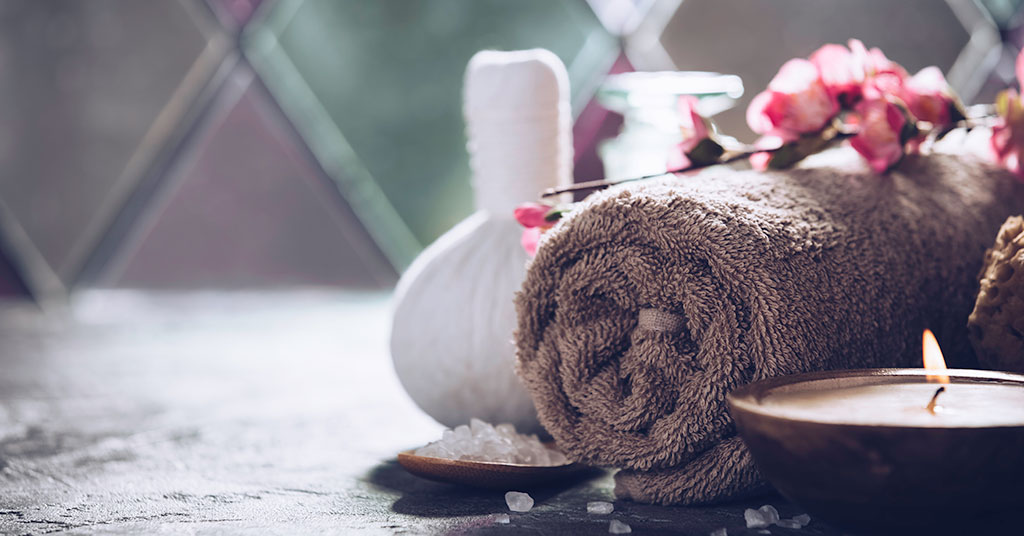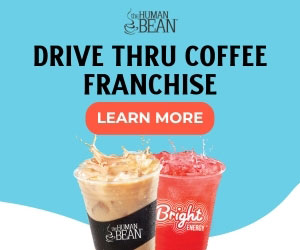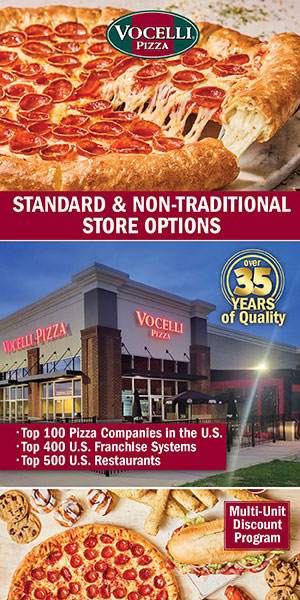9 Important KPIs for Spa and Salon Franchises

While some spa and salon franchises recognize the need to measure key performance indicators (KPIs), many rely more on intuition than on analyzing the numbers. And while it takes soft skills to create an inviting atmosphere, satisfied clients, and happy employees, understanding the numbers that drive your business will help your spa or salon find — and keep — its place in the market.
Think of a KPI as a map: It provides a destination point, a path, and a giant “You are here!” sticker that shows where you currently stand. KPIs are valuable tools that show you a precise route to success — so embrace them! Start with this list of the top KPIs for spas and salons.
1) Cost Per Lead (CPL)
CPL = Cost of Marketing Program/Total Number of Leads
What gets measured gets improved — so every marketing effort should be tracked. This metric will help you understand how much you are spending on leads and if you should continue to invest. For example, if your Google ads result in a cost per lead of $25, but your Facebook ads result in no leads, you should reconsider the time, money, and energy you invest in Facebook. Remember, a lead must meet two requirements:
- They provide a way for you to contact them for follow-up
- They are actively searching for the service
It is a good idea to put aside a small amount of your budget (10% or so) for experimental initiatives to make sure your marketing mix is the right one for your spa or salon, your target market, and your geographic area.
2) Average Treatment Rate (ATR)
ATR = Total Number of Treatment Hours Sold/Total Number of Treatment Hours Available
You may think that your salon or spa is successful simply because it is busy — but that isn’t necessarily true. As you look at this metric, one thing to take into account is that some treatments take longer than others. So, a two-hour treatment that costs $180 is less efficient than a one-hour $100 treatment.
3) Spa Productivity or Occupancy
Spa Productivity = Total Number of Treatment Hours Sold/Total Number of Treatment Hours Available
Rent or mortgage costs are often the biggest expenses associated with a spa or salon. With that in mind, understanding the usage of treatment rooms is an important indicator of how productive your space is.
4) Capture Rate: Retail
Capture Rate = Total Retail Guests/Total Spa Guests
Spa and salon revenue comes from two sources: services and retail sales. According to Winn Claybaugh, co-founder of Paul Mitchell Schools, “Per square footage, the footage devoted to selling products [like shampoo and hair gel] is more profitable than footage devoted to service.”
5) Net Promoter Score (NPS)
NPS = % Promoters – % Detractors
NPS is a customer loyalty metric that rates customers as promoters, detractors, or neutral depending on their answer to the following question: “How likely would you be to recommend us to a friend or family member?” Customers rank their answer on a 10-point scale. A score of 9–10 indicates a promoter, 7–8 is neutral, and 0–6 is a detractor.
Offering an exceptional experience will not only keep your guests coming back, it will also encourage them to tell others about your business and create new business through referrals. Technically a loyalty measure, the NPS is a fantastic way to measure this on a quarterly basis.
6) Repeat Guests
Repeat Guest Rate = Total Number of Repeat Guests/Total Number of Guests
Repeat guests generate a higher return on every dollar spent getting them in the door. Also, practical experience shows that repeat customers tend to spend more on subsequent visits.
7) Employee Retention
Retention Rate = Total Number of Employees Who Left for a Period/Total Employees at the End of that Period
Customers are more likely to develop a bond with their stylist or therapist than the brand itself. If you have an employee who leaves, you risk their clients moving with them. For this reason alone (even though there are many others), you want to make sure your team members are happy.
8) GOPPATH
GOPPATH = Total Spa Gross Operating Profit (GOP)/Total Treatment Hours Available
Gross operating profit per available treatment hour (GOPPATH) is a strong indicator of performance because it looks at how good you are at generating revenue, controlling expenses, and utilizing your hours.
9) EBITDA
Earnings before interest, tax, depreciation, and amortization (EBITDA) is a measure of a spa or salon’s operational effectiveness. It is a way to evaluate a company without having to factor in financing decisions, accounting decisions, or tax environments. EBITDA shows how good your business is at generating cash, thus your business is valued as multiples of this metric. To calculate the adjustments needed for EBITDA, see this article from QuickBooks.
Metrics are a beautiful thing
The best way to help your franchisees reach their goals is to measure performance along the way. Learn more about FranConnect’s leading performance tools that can help you track the KPIs that matter most and make a positive difference in your spa or salon business.
This article first appeared on FranConnect’s website in September and is used here with permission. For more information, visit their website.
Share this Feature
Recommended Reading:
| ADVERTISE | SPONSORED CONTENT |
FRANCHISE TOPICS
- Multi-Unit Franchising
- Get Started in Franchising
- Franchise Growth
- Franchise Operations
- Open New Units
- Franchise Leadership
- Franchise Marketing
- Technology
- Franchise Law
- Franchise Awards
- Franchise Rankings
- Franchise Trends
- Franchise Development
- Featured Franchise Stories
| ADVERTISE | SPONSORED CONTENT |

$100,000
$2,000,000





 The multi-unit franchise opportunities listed above are not related to or endorsed by Multi-Unit Franchisee or Franchise Update Media Group. We are not engaged in, supporting, or endorsing any specific franchise, business opportunity, company or individual. No statement in this site is to be construed as a recommendation. We encourage prospective franchise buyers to perform extensive due diligence when considering a franchise opportunity.
The multi-unit franchise opportunities listed above are not related to or endorsed by Multi-Unit Franchisee or Franchise Update Media Group. We are not engaged in, supporting, or endorsing any specific franchise, business opportunity, company or individual. No statement in this site is to be construed as a recommendation. We encourage prospective franchise buyers to perform extensive due diligence when considering a franchise opportunity.